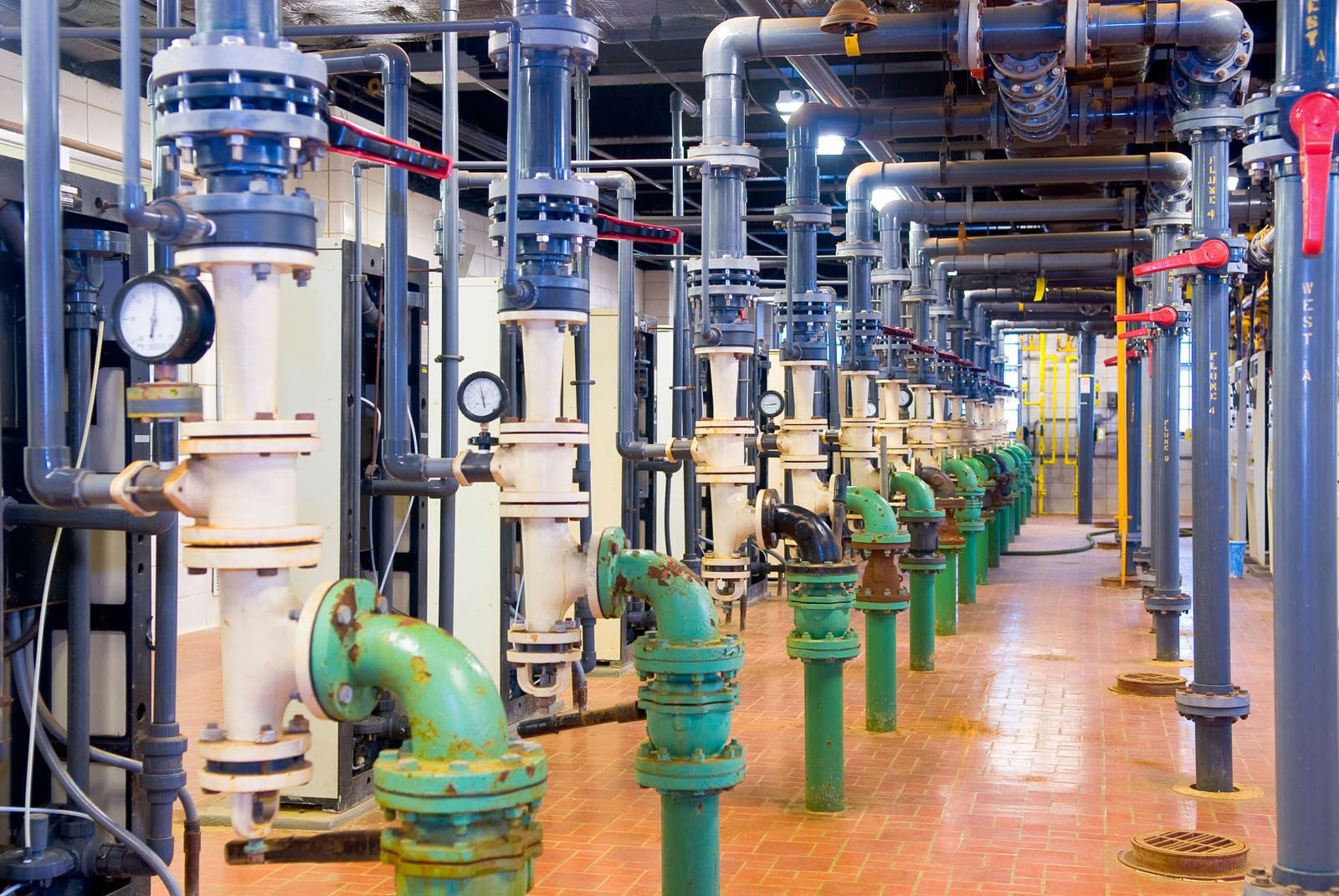Getting to knowImpacts on Water Utilities

Overview
are the most critical resource a municipality can provide for its residents. The provision of reliable, safe drinking water, the removal and treatment of contaminants in wastewater, and the diversion of stormwater, are a community’s first priority. These systems require complex, regular testing, maintenance, and facility development to ensure reliable access to safe water as a basic human right.
Aging water utilities are already taxing municipal resources, with approximately 20% of municipal water, sewer and stormwater pipes in Canada built before 1970. Adding the changes in demand from populations moving from rural areas to more urban centres, ongoing allocation of resources to maintain and upgrade existing systems in urban centres is required to meet the needs of this displaced population. This leaves rural communities with decreasing populations lower tax revenue to address their own aging water systems for the residents that remain.
Damaged can severely restrict a community’s access to safe clean drinking water, release contaminants from untreated wastewaters, and cause from regular and extreme stormwater events.
This page provides an overview of the direct (tangible, physical damage caused by a climate on infrastructure) and indirect (tangible and intangible secondary/cascading effects) impacts of climate change hazards on water utilities for many Canadian communities.

Photo credit / crédit photo: Canadian Infrastructure Report Card (CIRC), 2019
Direct Impacts - Flooding
Direct Impacts - Extreme Heat
Direct Impacts - Wildfire
Wildfire events threaten the integrity of critical infrastructure and its capacity to supply clean drinking water to residents, remove and treat used water safely, and manage stormwater.
Direct Impacts - Permafrost Thaw
Indirect Impacts




